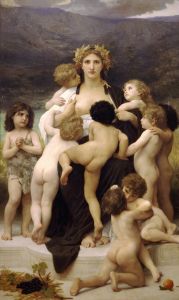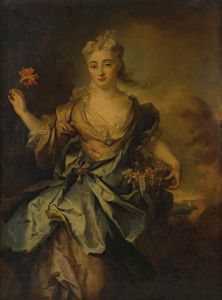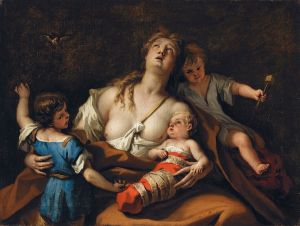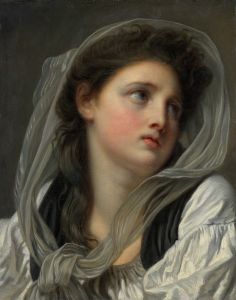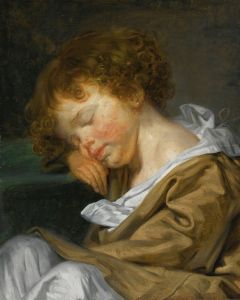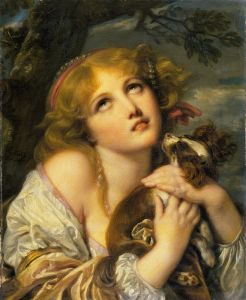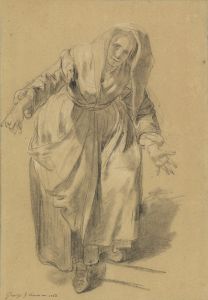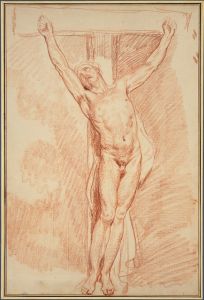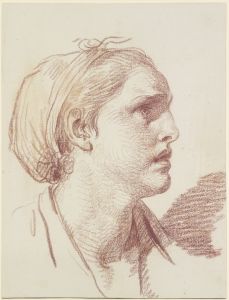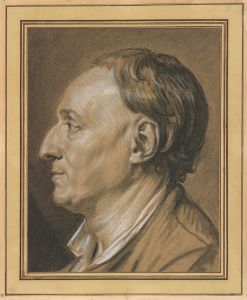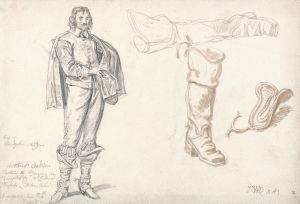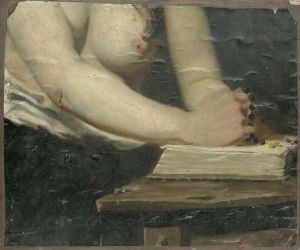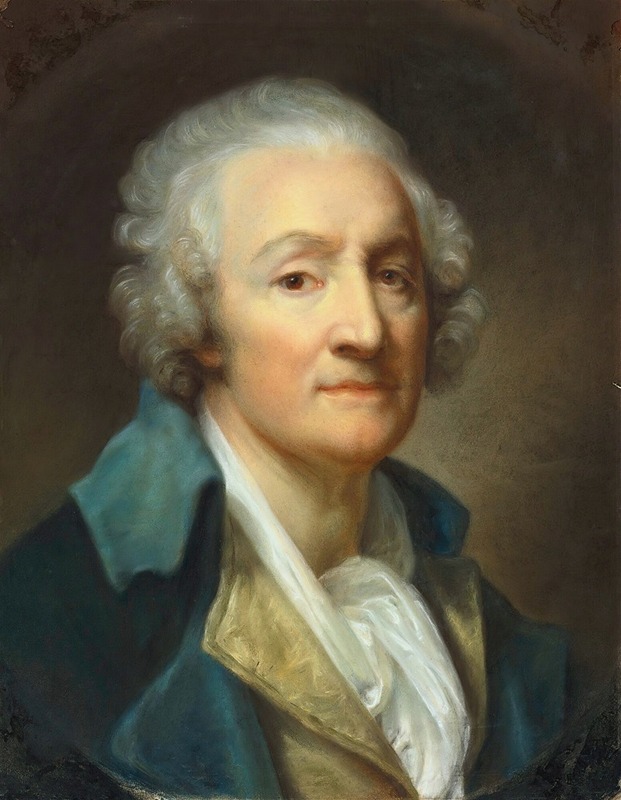
Self-Portrait
A hand-painted replica of Jean-Baptiste Greuze’s masterpiece Self-Portrait, meticulously crafted by professional artists to capture the true essence of the original. Each piece is created with museum-quality canvas and rare mineral pigments, carefully painted by experienced artists with delicate brushstrokes and rich, layered colors to perfectly recreate the texture of the original artwork. Unlike machine-printed reproductions, this hand-painted version brings the painting to life, infused with the artist’s emotions and skill in every stroke. Whether for personal collection or home decoration, it instantly elevates the artistic atmosphere of any space.
Jean-Baptiste Greuze's "Self-Portrait" is a notable work by the French artist, who was renowned for his genre paintings and portraits during the 18th century. Greuze was born on August 21, 1725, in Tournus, France, and he became one of the most celebrated painters of his time, particularly known for his ability to capture human emotion and domestic scenes with great sensitivity and detail.
The "Self-Portrait" by Greuze is an introspective work that offers insight into the artist's perception of himself. While specific details about the creation date and the circumstances surrounding this particular self-portrait are not extensively documented, it is consistent with the style and technique that Greuze employed throughout his career. His self-portraits, like his other works, are characterized by meticulous attention to detail and a focus on the expressive potential of the human face.
Greuze's approach to portraiture was influenced by the Rococo style, which was prevalent during his early career, but he also incorporated elements that foreshadowed the Neoclassical movement. His portraits often feature soft, delicate brushwork and a subtle use of color, which contribute to the lifelike quality of his subjects. In his self-portraits, Greuze often depicted himself with a contemplative expression, perhaps reflecting his introspective nature and dedication to his craft.
Throughout his career, Greuze enjoyed significant success and was highly regarded by his contemporaries. He was admitted to the prestigious Académie Royale de Peinture et de Sculpture in 1769, which was a testament to his skill and reputation as an artist. However, his relationship with the Académie was complex, as he often found himself at odds with its members over artistic direction and recognition.
Greuze's work, including his self-portraits, was celebrated for its emotional depth and technical proficiency. His ability to convey the subtleties of human emotion made his portraits particularly compelling. In his self-portraits, this skill is evident as he captures not only his physical likeness but also a sense of his inner world.
The legacy of Jean-Baptiste Greuze is evident in the continued appreciation of his work. His paintings are housed in major museums around the world, including the Louvre in Paris, which holds a significant collection of his works. Greuze's influence extended beyond his lifetime, as he inspired future generations of artists who admired his ability to blend realism with emotional resonance.
In summary, Jean-Baptiste Greuze's "Self-Portrait" is a reflection of the artist's mastery in capturing the human spirit. While specific details about this particular work may be limited, it remains an important piece within his oeuvre, showcasing the qualities that made Greuze one of the most respected portraitists of his era. His contributions to the art world continue to be recognized and celebrated for their emotional depth and technical excellence.





